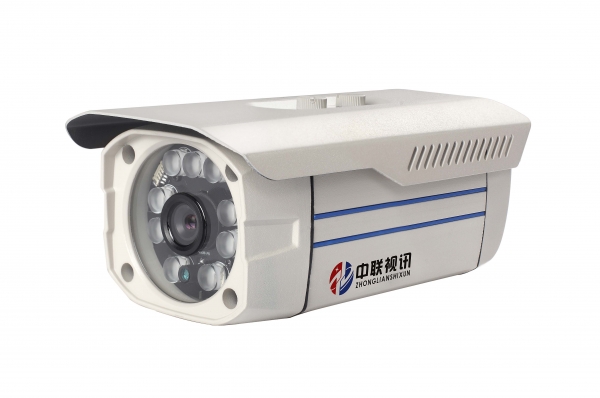In weak current Security monitoring Optical fiber is often used in projects Switch Optical fiber transceiver, transceiver, switch and module are the core equipment for establishing long-distance optical network transmission. Optical switches, optical transceivers, and optical modules can be used together, but when selecting, they need to be used in pairs, and the A and B ends must be matched.
Optical fiber switch
Optical switch is a high-speed network transmission relay equipment, also called SAN switch. The difference between optical switch and ordinary switch is that it uses optical cable as the transmission medium. The characteristics of optical fiber transmission are fast speed and strong anti-interference ability.
All optical port configuration or hybrid optical port configuration can be selected. Single mode fiber or multi-mode fiber can be selected as the access fiber medium. All ports of the optical switch can work at full line speed in full duplex state at the same time, support 6K MAC addresses, support 802.1x port based access authentication, support port based VLAN/protocol based VLAN, and can provide 255 VLAN groups, up to 4K VLANs.
It has port isolation, MAC address binding, MAC address filtering, broadcast storm control, etc. The configuration of optical port module shall be considered when selecting the optical switch. 100M port: single fiber single mode, dual wavelength 1550nm/1310nm, 20/40km; Double fiber single mode, single wavelength 1310nm or 1550nm, 20/40/60km; Dual fiber multi-mode, single wavelength 1310nm, 2km.

Gigabit port: dual fiber 50/125 μ m multimode, wavelength 850nm; Dual fiber 62.5/125 μ m multimode, wavelength 850nm; Dual fiber single mode, wavelength 1310nm or 1550nm, 10/20/40/60km.
Optical transceiver
Optical fiber transceiver is a kind of Ethernet transmission media conversion unit that interchanges short distance twisted pair electrical signals and long distance optical signals, also known as photoelectric converter. Classified according to the nature of optical fiber, single-mode optical fiber transceiver: transmission distance: 20 km to 120 km; Multimode optical fiber transceiver: transmission distance is 2 km to 5 km.
When using the optical transceiver, it is necessary to ensure the matching between the A and B ends. For example, the operating wavelength of the A end transceiver is 1310nm (reception), 1550nm (transmission), and it must be matched with the B end optical transceiver RX1550nm (transmission) When using TX1310nm (reception), you also need to consider the port rate (100M, gigabit), fiber type, dual fiber or single fiber, one optical and one electrical, one optical and two electrical, or one optical and eight electrical. Optical transceiver and optical switch are the core equipment of security monitoring network transmission. It is necessary to reasonably plan and select the type according to the system topology diagram and be familiar with the entire security monitoring system scheme before selecting the appropriate switch equipment.
![]()






